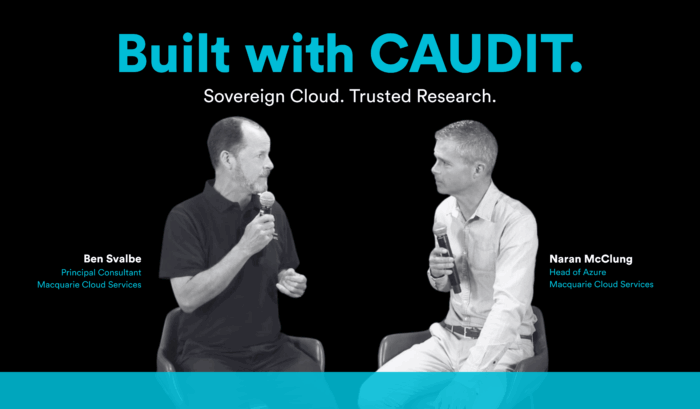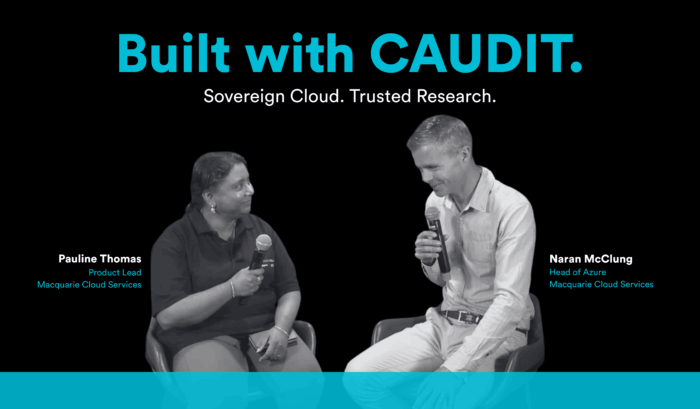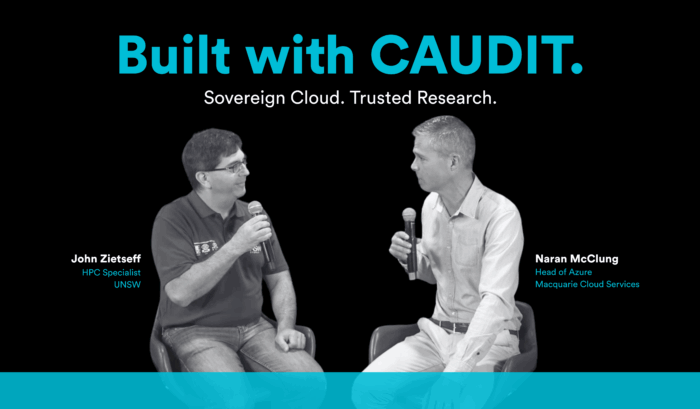Azure Sentinel & Your SOC: How to Supercharge Threat Detection

You want your Security Operations Centre (SOC) to be slick, responsive, and ahead of every new threat. Microsoft’s Azure Sentinel is designed to make it happen. But what actually is Sentinel? How does it fit into an existing SOC strategy, and what are the nuts-and-bolts benefits for business-grade threat detection? This post breaks it all down, no vague buzzwords, just real-world know-how, stats, and examples on why Azure Sentinel + SOC could be your ultimate security move.
What is Azure Sentinel? The New Breed of SIEM (Minus the Slog).
SIEM used to be a one-way yawn-fest. Clunky log collectors, ugly alerts, hoping the overnight guy noticed something before it was too late. This is not that.
Azure Sentinel is Microsoft’s cloud-native Security Information and Event Management (SIEM) platform. Think of it as the always-on heart monitor for your IT security, except smarter, faster, and (thanks to the cloud) way more scalable. It brings together the core pillars of modern SOC operations:
- Massive data ingestion from countless sources (cloud, on-prem, endpoints, even legacy kit)
- Automated threat detection using AI and machine learning (ML)
- Real-time incident response and orchestration
- Clear compliance and reporting baked in
Sentinel’s secret sauce? It doesn’t just shovel alerts at you. It spots, connects, and explains threats, prioritises them, and – crucially – plugs straight into the tools you already use.
Azure Sentinel vs. Old-School SIEMs
Speed, scale, and brains. Sentinel isn’t locked in an expensive rack in your data centre. It scales instantly with your needs (and your peaks). AI-driven threat detection means false positives drop, useful intel rises, and “noise” is finally under control.
How Azure Sentinel Integrates with Your SOC.
You don’t need to rip out your whole SOC just to deploy Sentinel. It’s built with the understanding that modern security is messy, multi-layered, and collaborative.
- Plug-and-play integration with existing tech stacks (think Azure Security Center, Microsoft 365 Defender, and even non-Microsoft log sources)
- Works with hybrid environments (cloud, legacy on-prem, remote endpoints)
- APIs, connectors, and out-of-the-box rules for faster onboarding
- 24/7 monitoring whether your SOC is in-house, hybrid, or fully managed
The kicker? You can start small, connecting just a few data sources, and expand. Plus, teams can leverage global threat intelligence feeds directly within Sentinel, no extra licence hoops.
Managed SOC + Sentinel = Next-Level Defence
For many orgs, a managed SOC powered by Azure Sentinel gives serious bang for buck. Take St John Ambulance NSW. Rather than scramble for security staff, they partnered with Macquarie Cloud Services for managed detection and response, using Microsoft Sentinel as the backbone. The result? Higher visibility, faster mitigation, and peace of mind for a distributed, complex workforce. (See their story)
Compliance Made Simple
Compliance heavy-lifting is no longer a pain. Sentinel provides rich audit trails, granular analytics, and out-of-the-box templates for APRA, ISO27001, PCI-DSS, and more. That keeps your auditors and your board happy.
Key Azure Sentinel Features for Threat Detection.
If you’re looking for feature bloat, look elsewhere. Sentinel’s value is in targeted, practical tools you actually use.
1. Advanced AI & Machine Learning for Threat Detection
- AI-driven analytics: Spot patterns humans miss. Sentinel correlates signals from across the Microsoft ecosystem and third-party sources.
- Pre-built and custom rules: Use a rich library of analytic rules or build your own to match unique threats.
- Fusion: Microsoft’s Fusion technology pulls signals together for end-to-end attack chain detection, not just single-point alarms.
- False positive reduction: Less alert fatigue, more action on real security issues.
2. Automated Response and Orchestration
- Playbooks: Automate responses using Azure Logic Apps for fast, consistent reaction to incidents (e.g., isolating infected endpoints, notifying teams, remediating vulnerabilities).
- Case management: Built-in tools for triaging, tracking, and collaborating on incidents, with all relevant context in one place.
3. Deep Investigation Tools
- Hunting queries: Threat hunters can proactively dig into data across months, not days.
- Workbooks: Rich visual dashboards provide executive overviews and analyst drill-downs, making it simple to report and act.
4. Integration with Threat Intelligence
- Global feeds: 40+ data sources piped in, including MITRE ATT&CK simulation
- Custom sources: Bring your own threat feeds for tailored coverage
5. Scalability and Uptime
- Cloud-native by design. No worries about capacity planning, platform patching, or remote access for distributed SOC teams.
Collecting and Analysing Data in Azure Sentinel.
Data is the raw material of every security operation. Sentinel digests everything you can throw at it:
- Connectors for Azure, AWS, Office 365, firewalls, endpoints, third-party security tools, and legacy infrastructure
- Event streaming with support for Syslog, CEF, REST API, and more
- Retention – Sentinel retains data for up to two years natively, supporting compliance and deep analytics
Data Analysis That Does the Heavy Lifting
- Automated analysis: AI parses logs at scale, flagging only what’s relevant
- Visual correlation: See attack paths, not just incidents, helping root cause analysis and faster containment
Licensing and Pricing of Azure Sentinel.
Here’s where things get real. Unlike some SIEMs, you’re not slammed with upfront licence fees.
- Pay-as-you-go: Charges are based mainly on the volume of data ingested (per GB), not number of users or endpoints.
- Capacity reservations: Discounted pricing if you commit to predictable usage.
- No infrastructure cost: Sentinel runs natively in Azure – no hardware, no sweaty nights patching.
Real talk: Some legacy SIEMs can cost the earth to scale. With Sentinel, you can start with light data flows (say, just Office 365 logs) and scale up as your SOC matures or new business units come online.
Why SOCs Choose Azure Sentinel (and keep it).
- Expertise on tap: Many organisations combine SOC pros with managed detection and response partners (like Macquarie Cloud Services), using Sentinel as the base platform for rapid improvement.
- Low friction, instant scale: New log sources can be added in hours, not weeks.
- Australia-wide trust: Over 42% of Federal Government agencies are secured via managed Sentinel-powered SOCs (source), and for good reason.
Next Steps for Smarter, More Secure Operations.
Azure Sentinel brings your SOC into the now. It trims the fat, adds real intelligence, and frees up your security team to focus on what matters most – identifying and stamping out real threats.
- Already got a SOC? Integrate Sentinel for more power, clarity, and response speed.
- Tired of building it all yourself? A managed SOC using Sentinel gives you instant access to expertise, compliance, and round-the-clock monitoring.
Want to see what Sentinel could do for your business?




